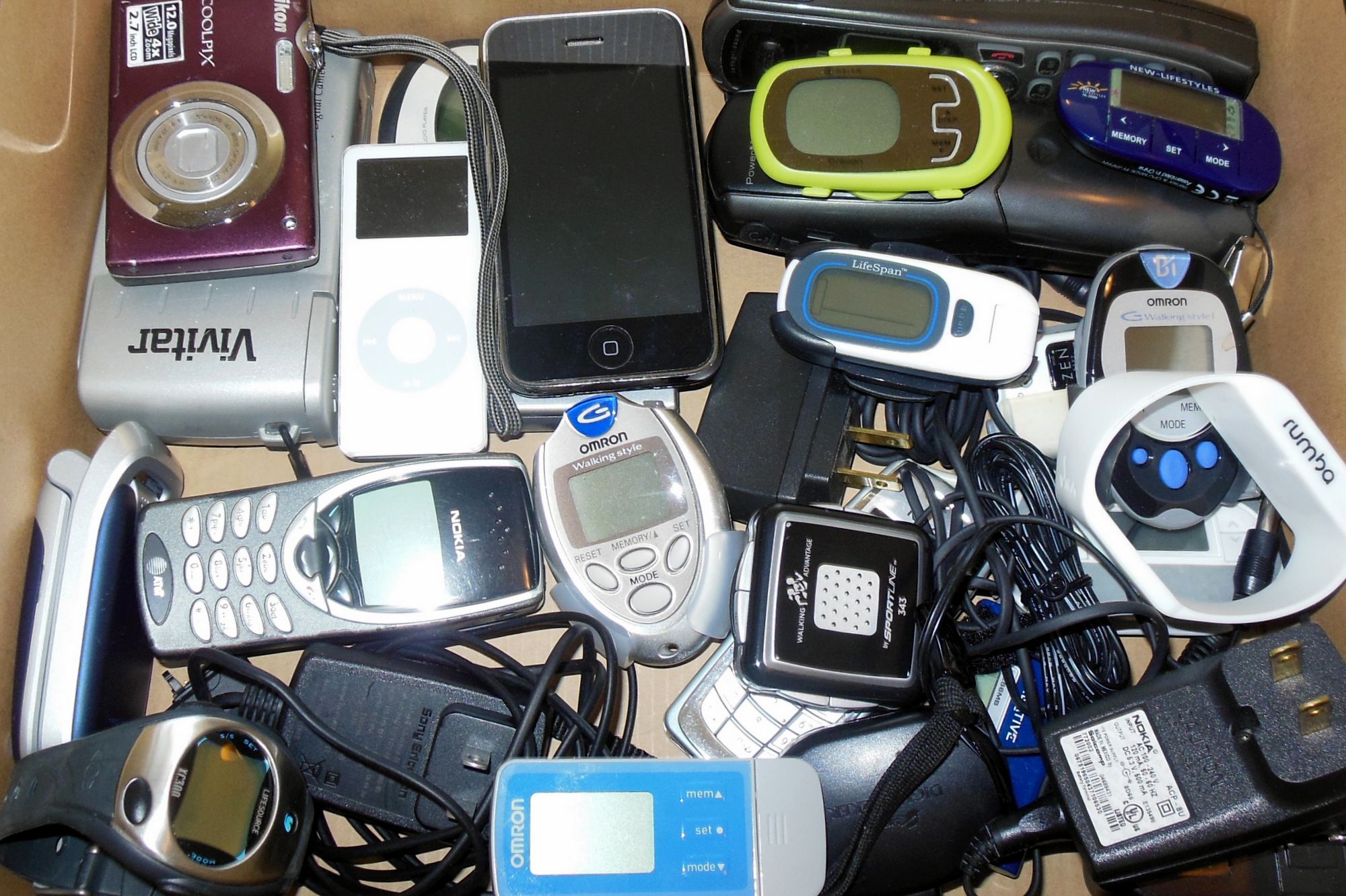
Leading U.S. Intelligence groups recently warned Americans not to purchase Chinese-made smartphones. Companies like Huawei and ZTE are recognized to have close ties to the Chinese authorities, and U.S. Groups seem to have reason to suspect those groups of cyber espionage.

Recent trends display the growing willpower of overseas powers to disrupt as an awful lot as feasible the U.S. Political, military, and social systems. Mobile devices—and social media—are a right away and exploitable assault goal. They want to relax these devices, mainly the ones of presidential personnel, aren’t new. Yet, these days’ common cybersecurity measures are mistaken. We need to reconsider our approach to preventing foreign cyber threats. This includes now not handiest understanding the weaknesses in these days’ safety features but leveraging different techniques to fill those gaps.
Today’s Common Security Measures Are Flawed
Several federal policies govern compliance of devices that paint on National Security Systems, the maximum outstanding being CNSS Policy 11. These policies require using Common Criteria or CSfC-licensed solutions or getting approvals from NIAP/NSA for uncertified ones. Yet, the commercial off-the-shelf solutions for federal and public sectors are far from the best. Heavy modifications are regularly required to ensure those gadgets remain compliant. The degree of needed safety falls short of the maximum number of specialized telephones. Employees are reluctant to carry heavily modified phones and inn to wearing telephones (one company-owned and one personal), which is growing dangerous for security breaches.
One opportunity is to apply for specialized, hardened phones. Yet, at the same time, as this offers considerably higher security, they may also be very high priced, tough to preserve, and aren’t always up to date with the maximum current hardware and software program safety features. The situation is simplest developing worse with time. More telephone fashions seem to pose safety risks through backdoors to overseas entities. The sophistication of attackers grows faster than the robustness of countermeasures. Get the trendy federal technology news delivered to your inbox.
Enter your email
There are methods to cope with all the above challenges with U.S. Technology and U.S.-made solutions. These solutions combine the benefits of COTS telephones and specialized phones, even imparting superior cybersecurity degrees. They fortify widespread COTS phones and pills with plug-in hardware-isolated computation and garage field, which render current and destiny threats innocent even as preserving compliance with U.S. Government certifications and guidelines.

These answers are the missing piece to many of nowadays’s cybersecurity measures for mobile devices.
There Should Be a Layered Approach to Cybersecurity
“Missing piece” should be emphasized because cybersecurity shouldn’t depend upon the hopes of 1 grasp answer. Instead, businesses must use a multi-layered method that encompasses numerous security protocols. Specifically, modern-day cybersecurity has to contain three layers. The first is the user’s not-unusual experience. Malware receives on a telephone in ninety-nine percent of cases via specific consumer permission. Government personnel wants to gain knowledge of and cling to agency guidelines. Of course, this “not unusual feel” technique is best going thus far. Restricting app permissions or continuously changing passwords doesn’t do much if the cell tool is compromised.
Enter the second layer, mobile tool control, where most of the heavy lifting of malware-fighting occurs. App-level policies, permissions, records analytics, site visitors monitoring, behavioral patterning and heuristics, and many extras. The third layer is hardware safety, the remaining battlefield for high-price targets. Existing answers include hardened telephones, TrustZone enclaves, HW root of belief, relaxed storage, firmware encryption, etc. Hardware protection presents the strongest security of all alternatives, securing the entirety from authorities’ employee devices to microfinance in developing international locations.
Combining all three layers of security doesn’t need to be intimidating or steeply-priced. Some U.S.-evolved hardware era offers higher degrees of protection than all current solutions without compromising price; the user enjoys, or technological advancements. Foreign-based cybersecurity threats are getting greater common and extra invasive. We must use all the equipment at our disposal—consumer information, mobile control, and hardware—to protect ourselves…













